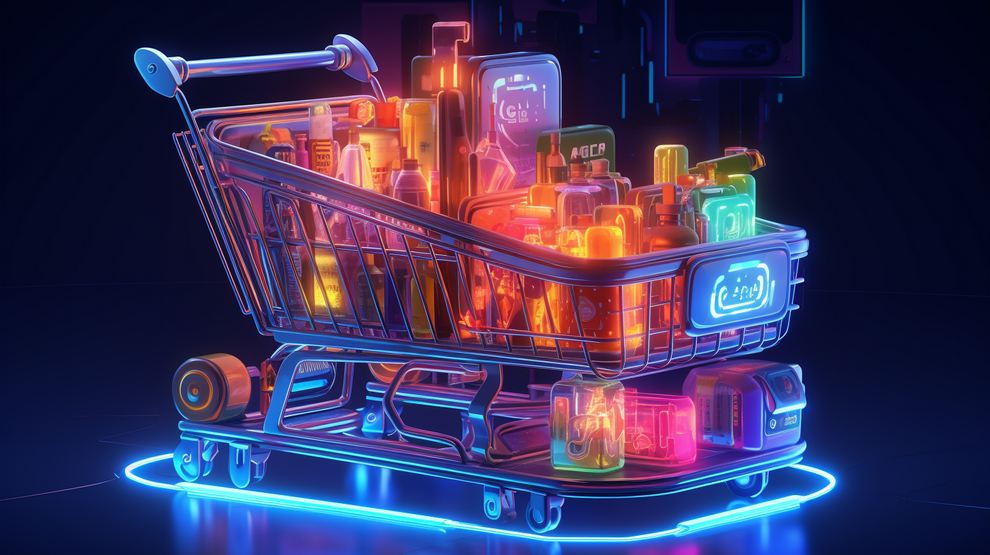
Shopify is a popular e-commerce platform that allows businesses to create online stores, manage inventory, and process payments. As technology evolves, so does Shopify, with the company releasing new and improved versions of its platform. In this article, we’ll compare Shopify 1.0 and Shopify 2.0 to help you understand their differences, improvements, and which version is best suited for your needs.
The most noticeable difference between Shopify 1.0 and 2.0 is the user interface. Shopify 2.0 features a more modern, sleek, and user-friendly design, making it easier for both new and experienced users to navigate and manage their online stores. The improved interface streamlines daily tasks, simplifies navigation, and enhances overall user experience.
Shopify 2.0 offers greater customization and flexibility compared to Shopify 1.0. The newer version allows store owners to modify their store’s layout and design more easily without requiring extensive coding knowledge. This is made possible through the introduction of sections and blocks, which enable users to add, remove, and rearrange content elements with ease.
Another significant improvement in Shopify 2.0 is its performance. The platform’s underlying infrastructure has been optimized to provide faster load times and improved responsiveness for both the storefront and the admin dashboard. Faster loading times can lead to higher conversion rates, better search engine rankings, and an overall better user experience.
Shopify 2.0 has a more extensive and improved app ecosystem. The platform’s app store now features thousands of apps designed to help store owners optimize their operations, marketing efforts, and customer service. Shopify 2.0 also provides better integration with popular third-party tools and services, making it easier to connect and sync data across various platforms.
Deciding between Shopify 1.0 and 2.0 depends on your business needs and goals. If you value a modern, user-friendly interface, better customization options, and improved performance, then Shopify 2.0 is the clear choice. However, if you are already using Shopify 1.0 and are satisfied with its features, upgrading might not be necessary. It’s essential to carefully evaluate the pros and cons of each version and consider how they align with your business requirements before making a decision.
Yes, you can upgrade from Shopify 1.0 to 2.0. The process is relatively straightforward, but it’s essential to prepare your store and plan the upgrade to minimize disruptions. It’s also a good idea to consult with a Shopify expert or developer to ensure a smooth transition.
Shopify continues to support Shopify 1.0 stores, but it’s worth noting that new features, updates, and improvements are primarily focused on Shopify 2.0. While your Shopify 1.0 store will still function, you might miss out on some of the latest advancements and optimizations available in the newer version.
There is no direct cost difference between Shopify 1.0 and 2.0, as both versions are available under the same pricing plans. However, the additional features and improved performance of Shopify 2.0 may lead to cost savings in other areas, such as reduced development costs and improved conversion rates.
Upgrading to Shopify 2.0 might require some design changes to your store, depending on your current theme and customizations. However, the process can also be an opportunity to refresh your store’s design and take advantage of the improved customization features offered by Shopify 2.0. Working with a Shopify expert or developer can help ensure a seamless transition and a well-designed store.
Most Shopify apps and integrations are compatible with both Shopify 1.0 and 2.0. However, it’s essential to review your existing apps and integrations to ensure compatibility with the new version. Some apps might require updates, while others might have alternative options specifically designed for Shopify 2.0.
In conclusion, Shopify 2.0 offers numerous improvements over its predecessor, such as a more user-friendly interface, better customization options, and enhanced performance. However, deciding whether to upgrade or stick with Shopify 1.0 depends on your specific business needs, goals, and resources. By carefully evaluating the pros and cons of each version, you can make an informed decision that best supports your online store’s success.
Remember that regardless of the Shopify version you choose, the key to a successful online store lies in delivering a great user experience, offering quality products or services, and continuously optimizing your marketing efforts. With the right strategy, tools, and dedication, your e-commerce business can thrive on either version of the Shopify platform.
